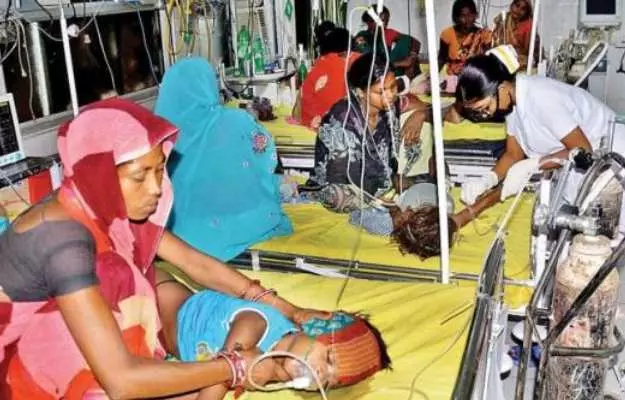What is Acute Encephalitis Syndrome?
Acute Encephalitis Syndrome (AES) is a sort of brain inflammation, spreading endemically and in clusters in various parts of India, especially UP, Bihar, and West Bengal. It is not a single disease but a cluster of them presenting with similar symptoms. There are many different types of Encephalitis, of which, the three most common, in the Indian context are:
- Herpes Encephalitis (HE)
- Japanese Encephalitis (JE)
- Chamki Fever (Muzzafarpur Encephalitis) (CF)
Herpes Encephalitis is one of the most common forms of encephalitis in the world. Sporadic episodes of this condition are observed throughout the year in India. However, JE and CF are more commonly seen in summers and monsoon.
























